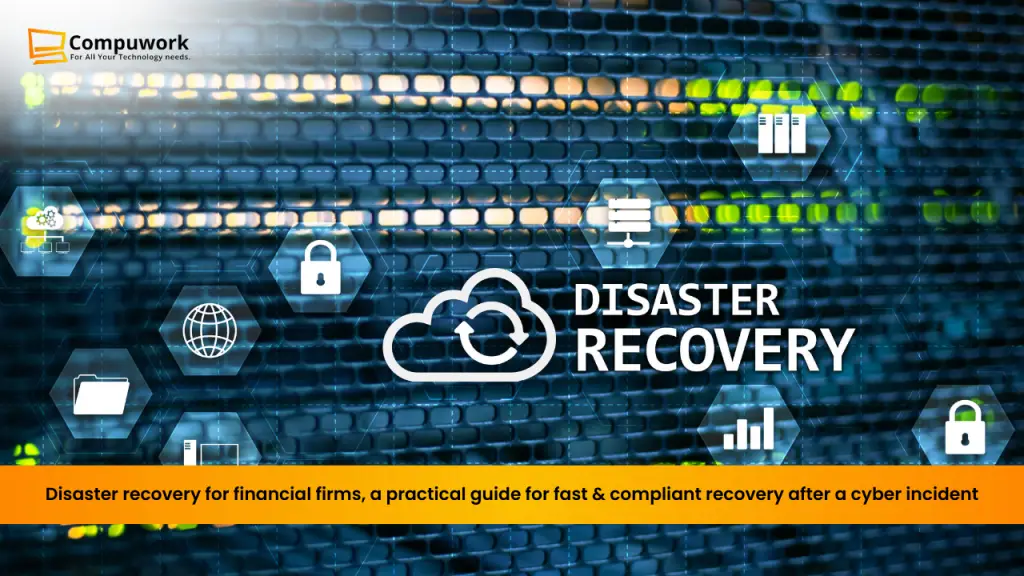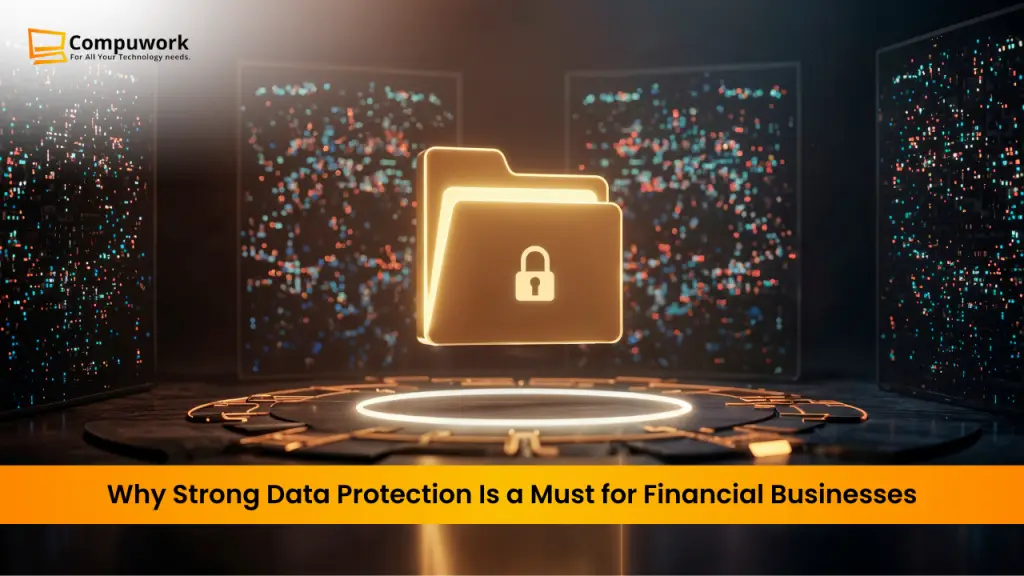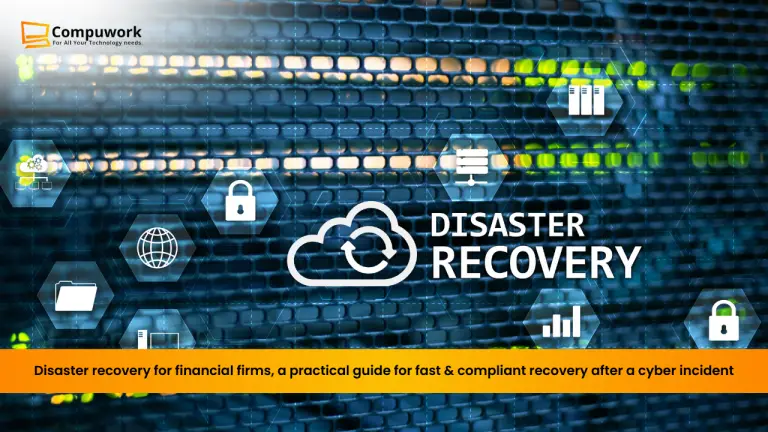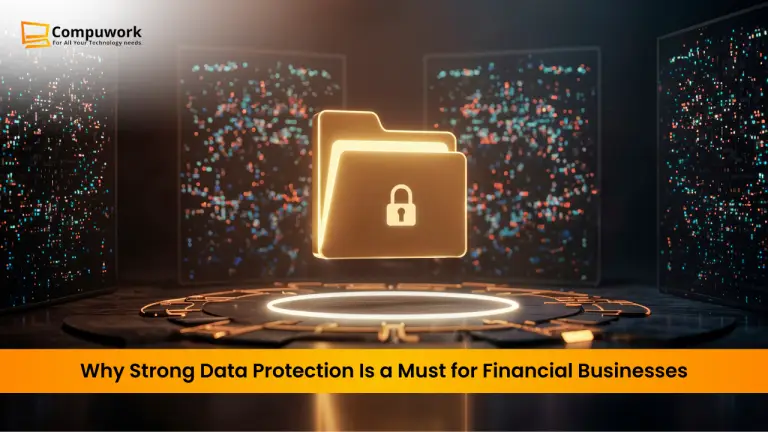Yet despite heavy investment in security tools and audits, many financial firms are still one misstep away from a compliance failure that could lead to fines, operational disruption, and reputational damage. The problem isn’t lack of awareness, it’s the gap between having security policies on paper and maintaining real, daily control over how data, people, and systems are managed.
Today’s compliance landscape is defined by complex, overlapping mandates like NYDFS 23 NYCRR 500, the Florida Information Protection Act (FIPA), and federal regulations from likes of SEC, FINRA, NFA.. Each adds a new layer of accountability that many firms struggle to sustain amid rapid digital transformation.
Why Cybersecurity Compliance Still Trips Up Financial Firms
From NYC to South Florida, financial institutions operate in one of the most regulated and cyber-targeted industries in the country. Compliance isn’t optional here. In business, sustaining continuity, securing client assurance, and ensuring regulatory compliance are absolutely necessary.
Regardless, even companies with mature security teams continue to experience the same compliance challenges. NYDFS 23 NYCRR 500, FIPA (Florida Information Protection Act), and other federal regulations (GLBA, SOX, PCI-DSS) combined with oversight from the SEC and FINRA, has expanded the responsibilities far beyond what most people envision as IT Frameworks.
The NIST Cybersecurity Framework is a good framework, but like most of the IoT frameworks, it is a frame of reference and not a replacement for these binding regulations.
As Orville, Compuwork’s Founder, often tells clients: “Compliance is not just about passing an audit. It’s about proving control, every day, under real conditions.”
Below are the ten most common cybersecurity compliance mistakes financial firms still make, and what to do instead.
1. Treating Compliance as a Checklist Instead of a Culture
Compliance isn’t a one-time event. Yet too many firms still treat it like one. They gather evidence before an audit, fill out forms, and move on until next year.
That approach collapses under modern cyber pressure. Having ongoing compliance means creating a living framework of policies, processes, and behaviors that become infused within day-to-day operations.
What to do: Create an ongoing validity of controls. Make each department responsible for its own part of the compliance not just IT or Risk.
2. Ignoring Vendor and Third-Party Risk
Financial firms in Florida and New York are deeply connected ecosystems..
Banks rely on fintech APIs, SaaS providers, and cloud platforms. Each integration introduces potential exposure.
Many institutions don’t have a clear view of vendor controls or fail to monitor them continuously. Under most regulated requirments, this is a direct compliance gap.
What to do:
Vet all third-party vendors through formal risk assessments.
Require vetted cybersecurity policies along with testing.
Review security documentation annually and track remediation steps.
3. Underestimating Data Classification and Protection
If everything is “confidential,” nothing truly is. Firms often lack precise data classification schemas, leaving sensitive financial or client data improperly secured.
In Florida, FIPA demands clear accountability for personal information. Any lapse in defining or securing that data can lead to steep penalties.
What to do:
Inventory data types and assign risk tiers.
Apply consistent encryption and DLP rules across endpoints and cloud services.
Review access permissions quarterly.
4. Gaps in Incident Response and Reporting
Every second is critical in a breach situation and still many firms do not have a rehearsed response plan.
Teams may not know who may do what when escalation is needed, or timelines for regulatory reporting.
Under NYDFS there is the regulatory requirement to report a breach within 72 hours of discovery. Firms failing to report will risk fines and reputational risk.
What to do:
Conduct tabletop exercises on a quarterly basis.
Define roles and escalation steps in a formal incident response policy.
Maintain audit-ready documentation year-round.
5. Fragmented Governance and Oversight
It’s common to see compliance split across IT, legal, audit, and operations, with little coordination.
This leads to duplicated efforts and unclear accountability.
As Orville puts it, “Compliance fails when it doesn’t have a home.”
What to do:
Establish a single governance body responsible for cybersecurity compliance.
Align risk and compliance reporting under unified dashboards.
Ensure board-level visibility into control effectiveness.
6. Overlooking Human Risk
Technology can’t compensate for poor awareness. Many breaches still stem from phishing, weak passwords, or policy neglect.
Employee compliance fatigue is real, especially in fast-paced environments like in New York and Southern Florida.
What to do:
Run brief, scenario-based micro-trainings throughout the year.
Recognize compliance-positive behavior.
Track training completion and correlate it with incident rates.
7. Poor Asset Inventory and Shadow IT
You can’t protect what you don’t know exists. Untracked laptops, personal cloud accounts, and remote endpoints often remain outside compliance visibility.
What to do:
Use automated discovery tools to maintain a dynamic inventory.
Tag assets by ownership and compliance risk.
Audit quarterly for unauthorized devices or accounts.
8.Missing Continuous Monitoring and Audit Readiness
Annual audits are outdated the moment they’re done. Without continuous monitoring, financial firms can’t prove control effectiveness to regulators or partners.
What to do:
Implement compliance dashboards that track real-time evidence collection.
Automate alerts for control degradation.
Have year-round audit readiness documentation for your audits.
9. Misalignment Between IT and Compliance Objectives
When IT is focused on project management and compliance is focused on paperwork, neither side has any benefit. Resilience occurs when the two focus come together under a shared governance, risk, and compliance (GRC) strategy.
What to do:
Integrate IT service management with compliance workflows.
Use unified ticketing for security and compliance incidents.
Review control metrics in joint IT-Risk meetings.
10. Not Adapting to State-Specific Cyber Regulations
Financial firms operating in multiple states face overlapping regulatory frameworks.
Many still apply generic federal models and overlook local requirements.
In New York:
NYDFS 23 NYCRR 500 mandates formal risk assessments, CISO designation, and periodic penetration testing.
In Florida:
According to the Florida Information Protection Act, notification regarding a breach must be provided within 30 days and a demonstration of data protection controls must be provided as well.
What to do:
- Align policies with both federal and state-specific requirements.
- Annually review and update controls to reflect local regulation changes.
- Engage a cybersecurity firm with experience around regional compliance across foundations lines.
Guide to building a compliance first cybersecurity framework
These firms that get compliance right do three things consistently:
- Governance : An appointed compliance officer or multi-functional committee walking governance (oversight).
- Process : Policies, testing and incident response are continuous and measurable.
- Technology : Autonomous tools to validate control health across all systems.
Quick Compliance Maturity Checklist
| Level | Description |
|---|---|
| Ad-hoc | Manual compliance efforts, reactive documentation |
| Defined | Basic policies exist, limited monitoring |
| Managed | Controls mapped to frameworks, semi-automated |
| Optimized | Continuous validation, real-time reporting, board visibility |
If your firm is below “Managed,” it’s time to mature before the next audit cycle.
Conclusion:
At Compuwork, we help financial institutions across Florida, New York, and nationwide, turn compliance from a cost center into a credibility driver. When your firm operates with transparency, control, and verified resilience, you don’t just meet regulatory expectations, you exceed client trust expectations.
Ready to see where your compliance stands?
Schedule a free risk assessment with CompuWork’s cybersecurity compliance experts today.
FAQs
1.Why is it so important for financial firms to have cybersecurity compliance?
Financial firms have access to extremely sensitive customer and transaction information which is regulated by NYDFS 23 NYCRR 500, FIPA, GLBA, PCI-DSS, SOX and SEC and FINRA oversight. Noncompliance can lead to large fines, lawsuits and reputational damage which cannot be quickly mitigated. Cybersecurity compliance is about more than avoiding fines; it is about keeping your clients trust, maintaining operational up-time, and having a lengthy business life-cycle.
2.What do financial firms most frequently misstep on in cybersecurity compliance?
Often, firms misstep by treating compliance as a checklist rather than an ongoing culture. Many firms want to focus on passing audits, rather than having the continuous ability to validate controls in real-time and having cross-department accountability.
3.How can financial firms in New York and Florida manage vendor risk more effectively?
According to NYDFS 500.11 and Florida’s FIPA, companies are required to perform due diligence over third party vendors on an ongoing basis. Require SOC 2 Type II reports, complete an annual vendor risk study, and verify action items are resolved to close compliance gaps.
4.In the context of cybersecurity, what does Continuous Compliance mean?
Continuous Compliance is to automate the validation of controls and observe the cyber posture 24/7. Rather than audit once per year, companies will use dashboards and alerts to demonstrate in real time the effectiveness of controls, aligning regulators with executives throughout the year.
5.What are some ways human behavior applies to compliance in cybersecurity?
Human risk factors include fatigue, low awareness, and weak password management. Routine micro training, phishing exercises, and celebrating confident use of secure behaviors can build a culture of compliance in every day behaviors.
6.What is “shadow IT” and why does it present compliance risk?
Shadow IT is any unapproved assets, hardware, software or cloud-based work products being used without visibility or structure.These unapproved assets often negatively impact established security controls and contravene regulatory expectations. Regular asset discovery through automation and quarterly audits, will help maintain a compliant inventory and ensure risks are managed.







